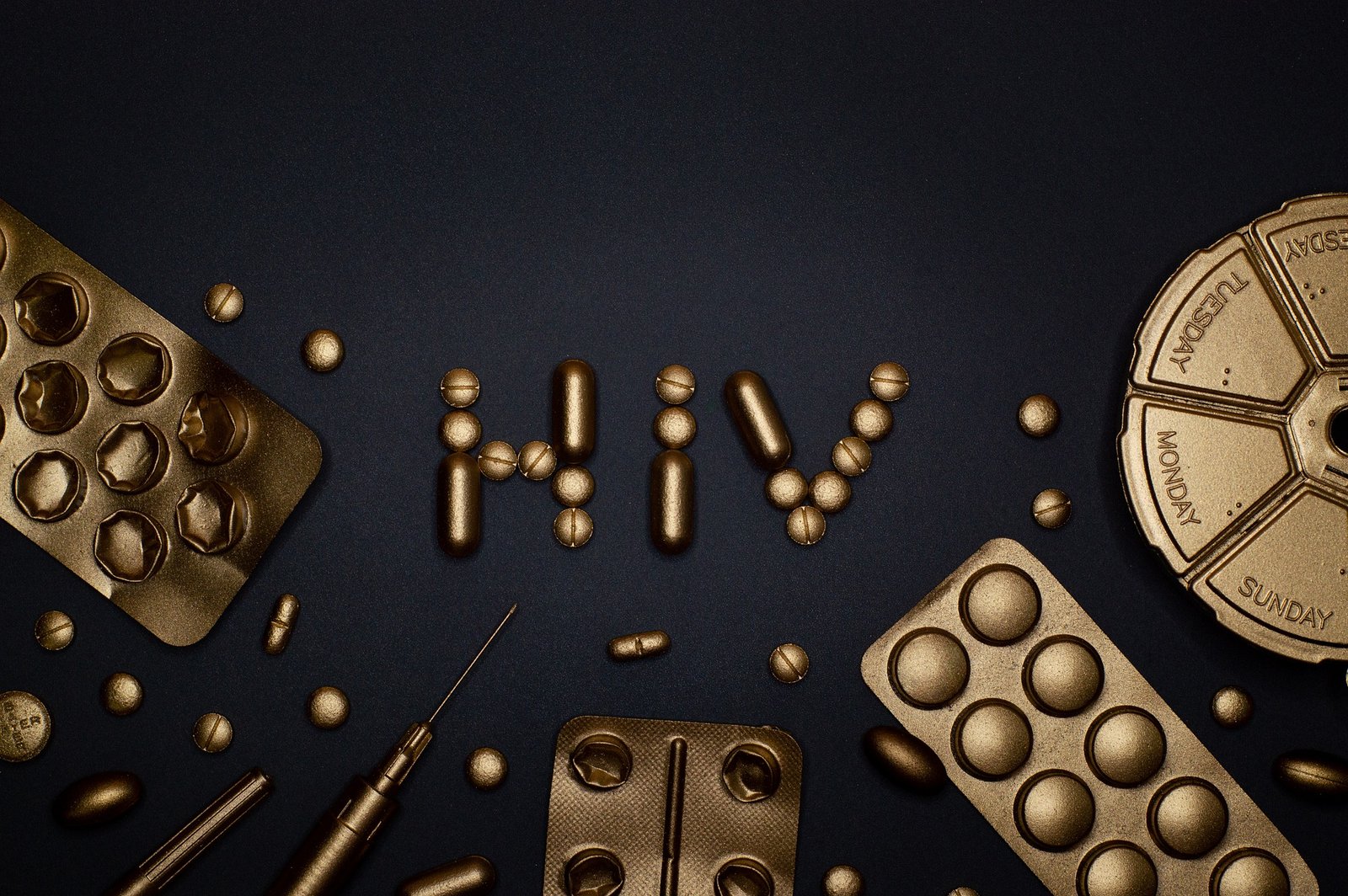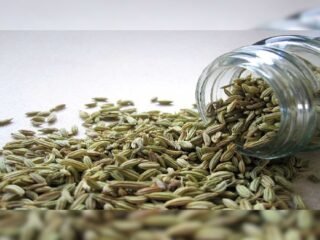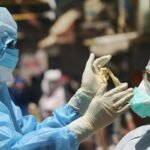Scientists at the Wista Institute have published a study in Cell Reports which sheds lights on the behviour of hidden HIV viral reservoirs during treatment with antiretroviral therapy (ART). The study has explored relevance of cell-surface glycosylation to HIV persistence.
Although, many HIV-infected people are now leading a normal life with medications thanks to ART, the therapy does not completely remove virus from the blood and tissues.
Many complication ranging from immune’s weak response and chronic inflammation are caused by this remaining virus.
This persistent infection stems from the ability of HIV to hide in a rare population of CD4 T cells. Finding new markers to identify the virus reservoir is of paramount importance to achieve HIV eradication.
Persistently infected cells can be divided into two groups:
- Cells where the virus is completely silent and does not produce any RNA (i.e., silent HIV reservoir);
- Cells where the virus produces low levels of RNA (i.e., active HIV reservoir).
Targeting and eliminating both types of reservoirs is the focus of the quest for an HIV cure.
However, scientists don’t know yet how these to types of cells are different from each other. They are trying to identify markers with the help of which two cells can be distinguished.
Lead author Mohamed Abdel-Mohsen, Ph.D., assistant professor in The Wistar Institute Vaccine & Immunotherapy Center, and his colleagues used a primary cell model of HIV latency to characterize the cell-surface glycomes of HIV-infected cells. They confirmed their results in CD4 cells directly isolated from HIV-infected individuals on ART.
T cells during ART has a distinct glycomic signature that can affect their function and/or fate. To address this, they performed a comprehensive glycomic analysis of the surface of cells isolated from a primary cell model of HIV latency.
The study found that the cell surface of HIV-infected transcriptionally active CD4+T cells harbors high levels of fucosylated carbohydrate ligands compared with HIV-infected transcriptionally inactive cells.
The study confirmed these results using CD4+ T cells isolated directly from HIV-infected ART-suppressed individuals. The researchers identified that the cell extravasation mediator Sialyl-LewisX (SLeX ) is one of these enriched fucosylated carbohydrate ligands on the surface of HIV-infected transcriptionally active cells.
They also found that active HIV transcription, but not cellular activation, induces
SLeX cell-surface expression in vitro. Finally, they performed a comprehensive phenotypic and transcriptomic analysis of CD4+
Highlights of the study
- Persistent HIV transcription modulates the glycosylation of infected cells
- Cells actively transcribing HIV harbor high levels of fucosylated carbohydrates
- HIV transcription induces the fucosylated extravasation mediator, Sialyl-LewisX
- Cells with high Sialyl-LewisX are enriched with pathways involved in trafficking
Importantly, having a high level of SLeX is a feature of some cancer cells that allow them to metastasize (spread to other sites in the body). Indeed, researchers found that HIV-infected cells with high levels of SLeX are enriched with molecular pathways involved in trafficking between blood and tissues. These differential levels of trafficking might play an important role in the persistence of HIV in tissues, which are the main sites where HIV hides during ART.







